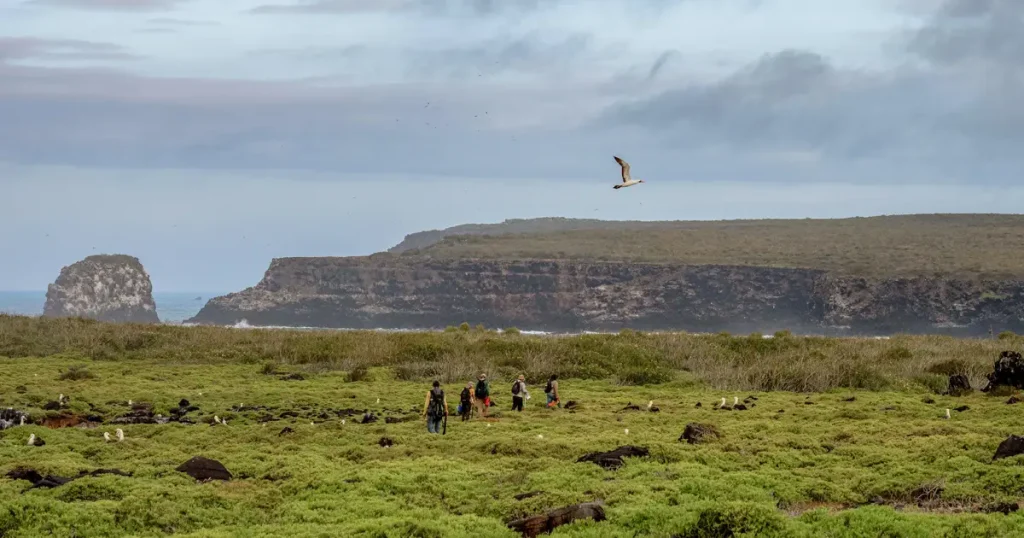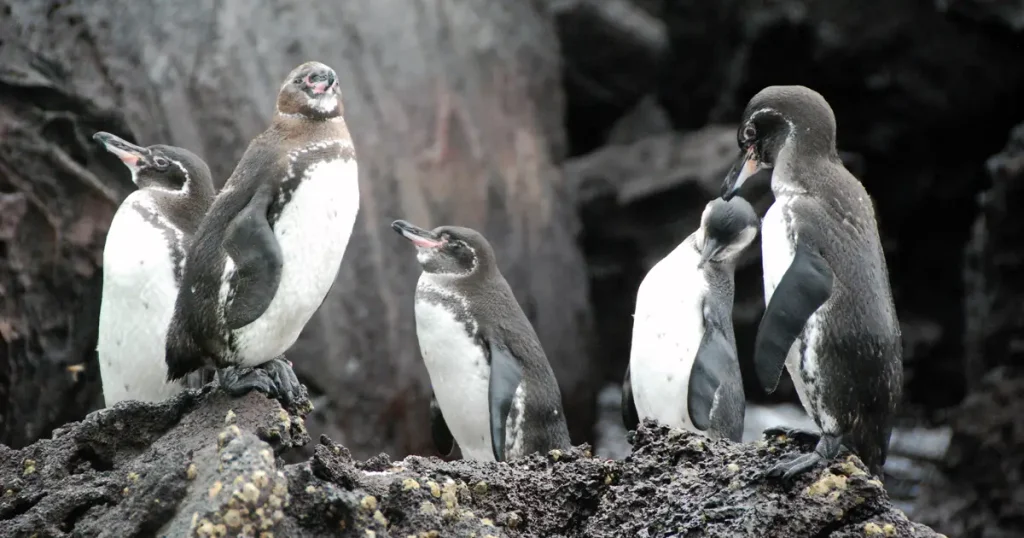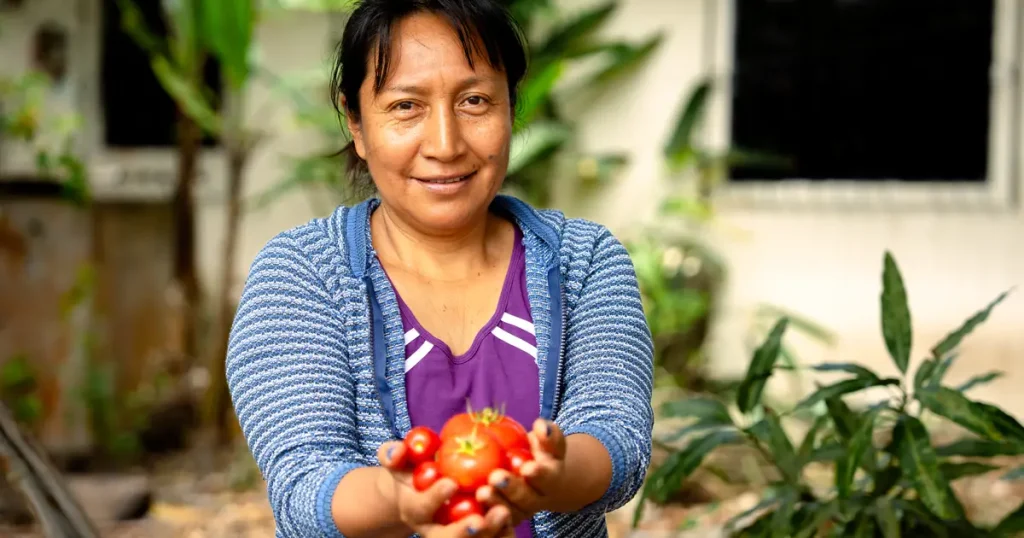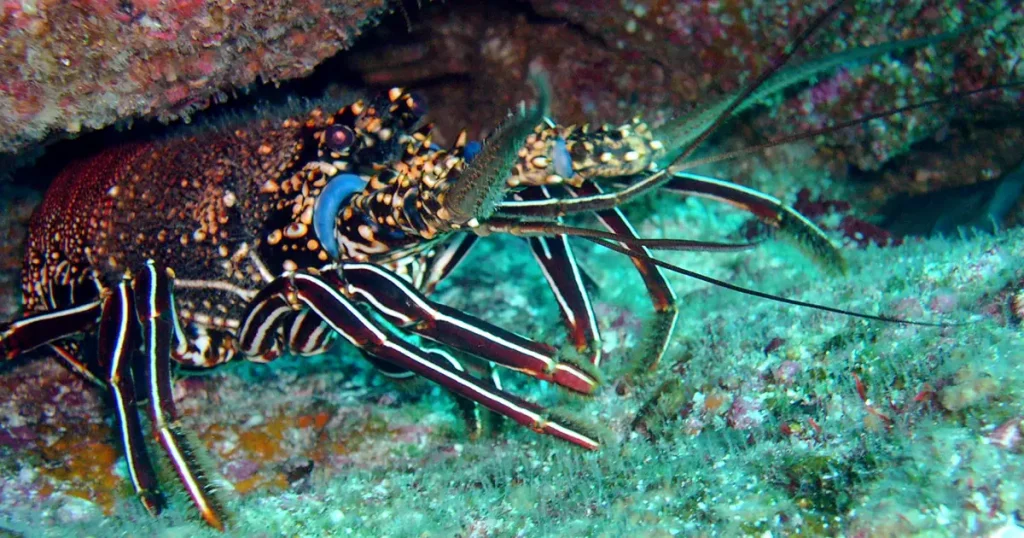Elevating Conservation: How Aerial Drones Are Transforming Research and Protection in the Galápagos
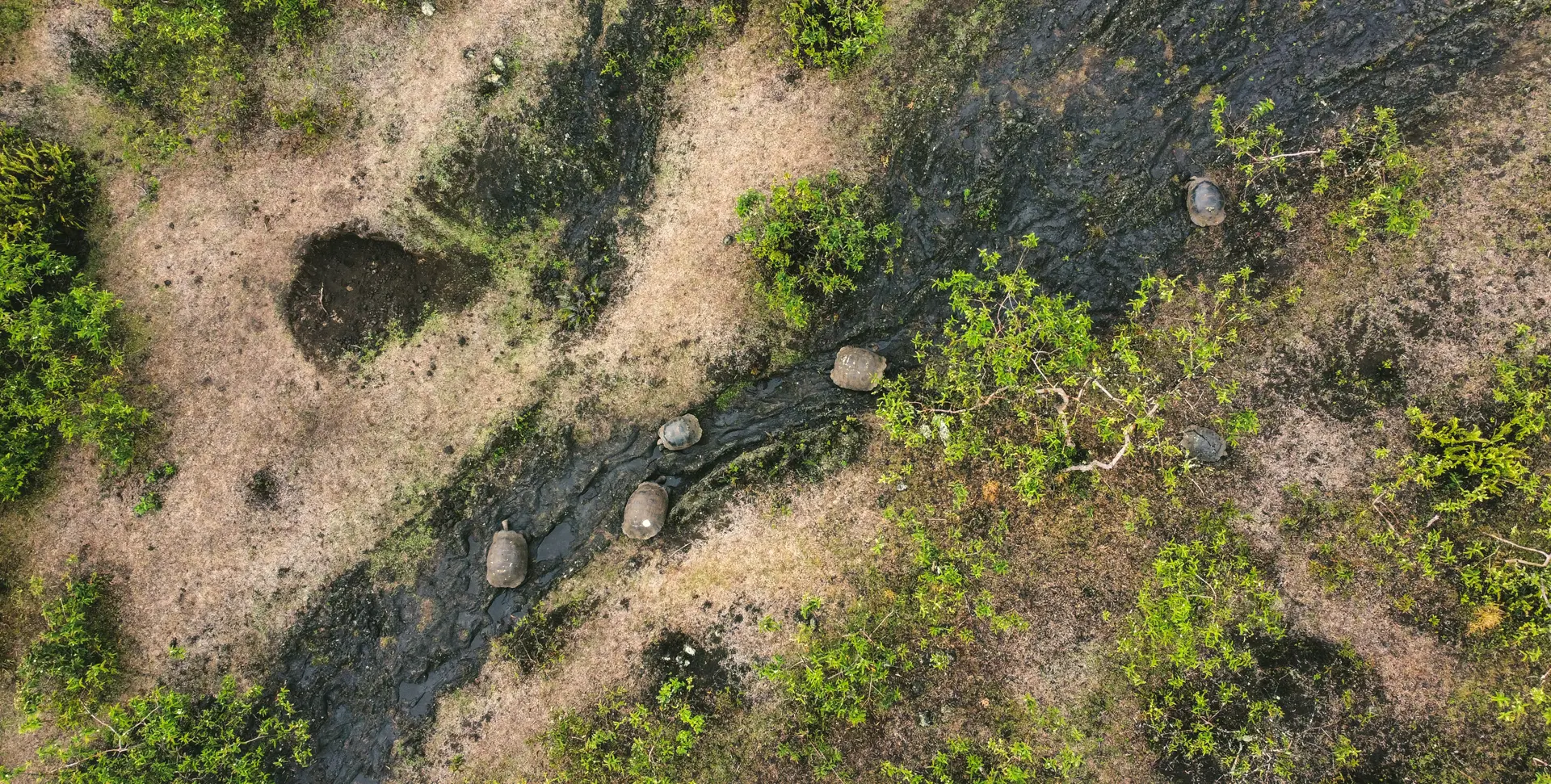
Conservation in the Galápagos Islands depends on the adoption of innovative technologies. In this edition of our series on science and technology for conservation, we explore how drones are enhancing efforts to protect the fragile ecosystems of the archipelago. By combining aerial perspectives with advanced tools, drones enable more efficient and precise monitoring, supporting the protection of endemic species and the study of hard-to-reach habitats.
Drones: A New Era in Environmental Monitoring
Drones are transforming how we monitor ecosystems in the vast and remote regions of Galápagos. Galápagos Conservancy, with authorization from the Galápagos National Park Directorate, employs drone technologies to advance several conservation initiatives.
Thanks to drones’ ability to fly over inaccessible areas—such as Isabela Island’s active volcanoes or Fernandina Island’s rugged coastlines—they provide detailed, real-time views of ecosystems without disturbing species or habitats.
Equipped with high-resolution cameras and GPS systems, drones capture precise imagery that helps researchers assess environmental conditions, monitor vegetation health, and study animal behavior. These capabilities are coupled with other new technologies, such as camera traps operating at ground-level, which are limited in scope and range. By providing a bird’s-eye view, drones complement these ground-level tools, offering a more comprehensive understanding of ecosystems, tracking wildlife across vast or hard-to-reach areas, and detecting changes in the landscape that might otherwise go unnoticed.”
Supporting Terrestrial Ecosystem Conservation
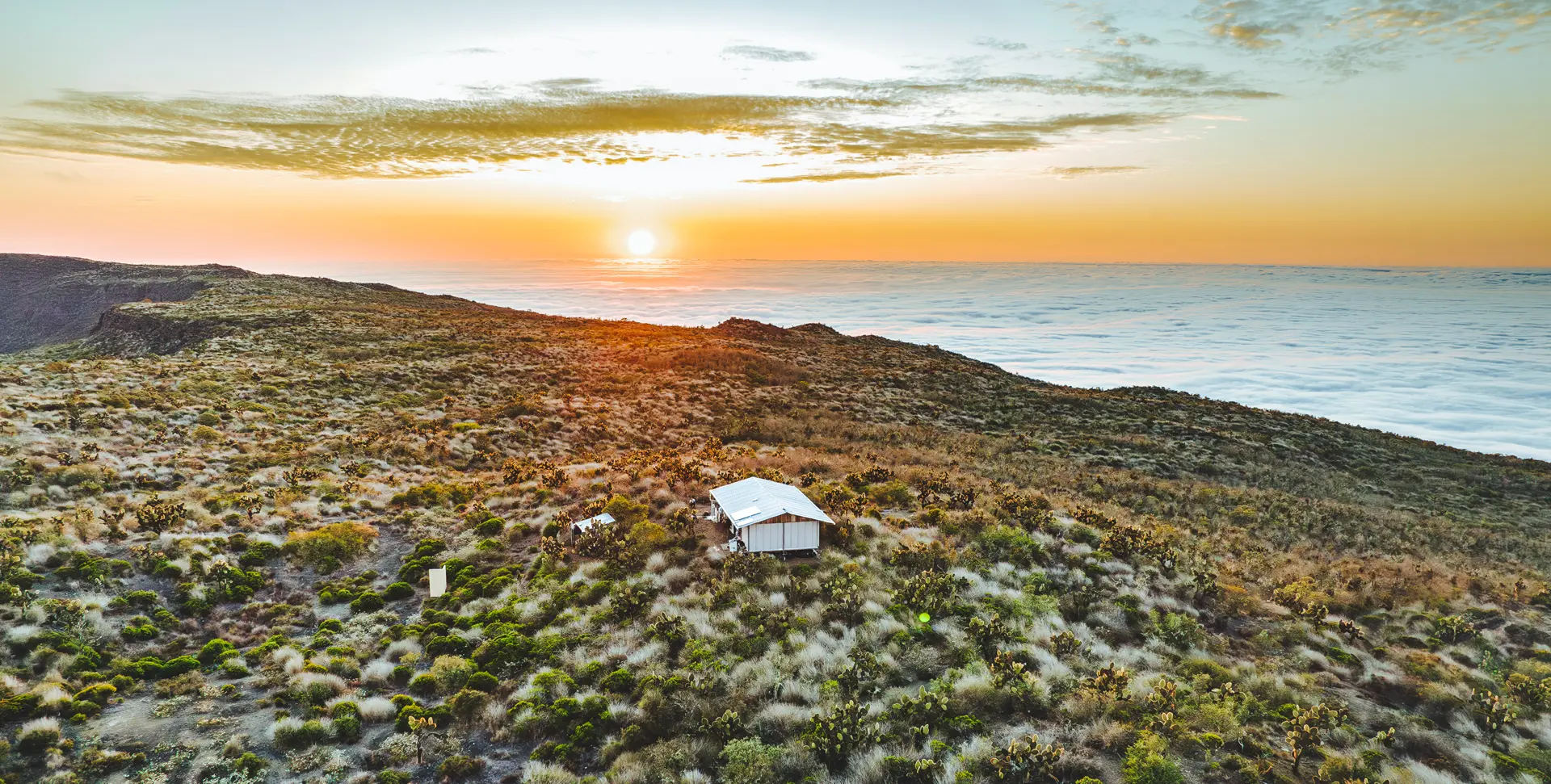
Drones are invaluable for monitoring terrestrial ecosystems in Galápagos. They capture high-quality images of remote landscapes and key species.
They are particularly useful in challenging areas like Wolf Volcano on Isabela Island—home a unique species of giant tortoises as well as the pink iguana—where drones play a crucial role. They enable efficient data collection, provide insights into habitat conditions, and support efforts to protect these iconic species.
The drones’ versatility allows them to operate at different altitudes and in varied weather conditions, capturing high-resolution images that reveal critical information about vegetation, wildlife, and other ecological factors.
Additionally, drones are instrumental in surveying large areas and detecting invasive species or other threats, allowing for swift preventive action to protect native biodiversity.
Shaping the Future of Conservation
As technology continues to evolve, drones will remain a vital tool for conservation in Galápagos. By enabling more precise ecosystem studies and supporting rapid adaptation to environmental changes, drones contribute to informed decision-making and effective conservation strategies.
With the ongoing support of our donors and partners, Galápagos Conservancy will continue harnessing drone technology and other innovations to protect the archipelago’s unique biodiversity, ensuring its legacy for future generations.
Part of the series: Technology Serving Conservation
Share:
